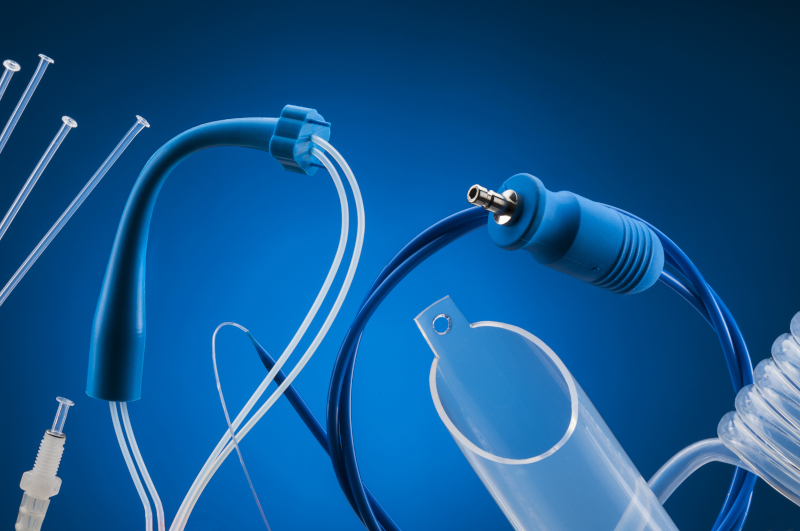
PTFE, FEP and PFA are the most well-known and common fluoroplastics. But what, exactly, are their differences? Discover why fluoropolymers are such unique materials, and which fluoroplastic is best suited to your application.
The unique properties of fluoroplastics
Fluoropolymers enjoy several unique properties which make them suitable for use in medical, automotive, electrical and domestic applications, among others.
Fluoroplastics possess the following properties:
1.Very high working temperatures
2.Non-stick characteristic
3.Low friction surface
4.Very high resistance to chemicals and solvents
5.Very high electrical resistance
Different fluoroplastics enjoy subtle differences, including varying working temperatures, and are suitable for different applications. If chosen correctly, fluoropolymers can deliver good price and performance benefits.
The benefits of PTFE
PTFE, or Polytetrafluoroethylene, is the grandfather of all fluoroplastics. Discovered by the scientist Roy J. Plunkett in 1938, PTFE is the most unusual fluoropolymer and exhibits the best performance in terms of temperature, chemical resistance and non-stick properties.
In addition to enjoying the unique properties of fluoroplastics, PTFE differentiates itself by possessing the following benefits:
1.Best price : performance ratio
2.Continuous working temperature of +260°C - This is the highest working temperature for any fluoroplastic
3.Resistance to nearly all chemicals
4.Highly non-stick (even a gecko would slip on PTFE)
5.Translucent colour
The main disadvantage of PTFE is that it does not actually melt when heated and is therefore difficult to process. Very unconventional techniques are needed to mould, extrude and weld this fluoropolymer.
Due to its unique properties, PTFE is ideal for applications in electrical insulation and the protection of electronic components.
We are a professional manufacturer of ptfe pipe, if you have any questions, you can contact us!
The benefits of FEP
FEP, or Fluoroethylenepropylene, is the melt-processable version of PTFE. FEP has very similar properties to PTFE, but has a lower maximum operating temperature of +200°C. However, FEP can be more easily processed and can be easily welded and re-moulded into complex profiles.
As well as possessing the unique properties of fluoroplastics, FEP enjoys these benefits:
1. Welding and re-moulding potential
2.Operating working temperatures of -200°C to +200°C - FEP remains flexible at cryogenic temperatures
3.Total resistance to chemicals and UV
4.Bio-compatible
5. Clear colour
Thanks to these benefits, FEP heat shrink has a low shrink temperature and can be safely shrunk over temperature sensitive materials with no fear of causing damage. As a result, FEP is ideal for encapsulating sensitive electrical components and instrumentation.
The benefits of PFA
PFA, or Perfluoralkoxy, is a high temperature version of FEP. PFA has similar properties to FEP but can be used at working temperatures up to +260°C while remaining melt-processable, thanks to a lower melt viscosity than PTFE.
In addition to enjoying the unique properties of fluoropolymers, PFA differentiates itself by possessing the following benefits:
Continuous working temperature of +260°C - This is the highest working temperature for any fluoroplastic
1.Welding and re-moulding potential
2.Good permeability resistance
3.Excellent chemical resistance, even at elevated temperatures
4.Bio-compatible
5.High purity grades available
6.Clear colour
The main disadvantage of PFA is that it is more expensive than PTFE and FEP.
PFA is ideal for applications that require a higher purity grade, excellent chemical resistance and a high working temperature. This fluoroplastic is widely used in medical tubing, heat exchangers, semi-conductor baskets, pumps and fittings, and valve liners.
Here at Besteflon we are specialists in delivering innovative fluoropolymer solutions for your technical applications. Find out more about our Fluoroplastic Products.
Post time: Nov-30-2023
